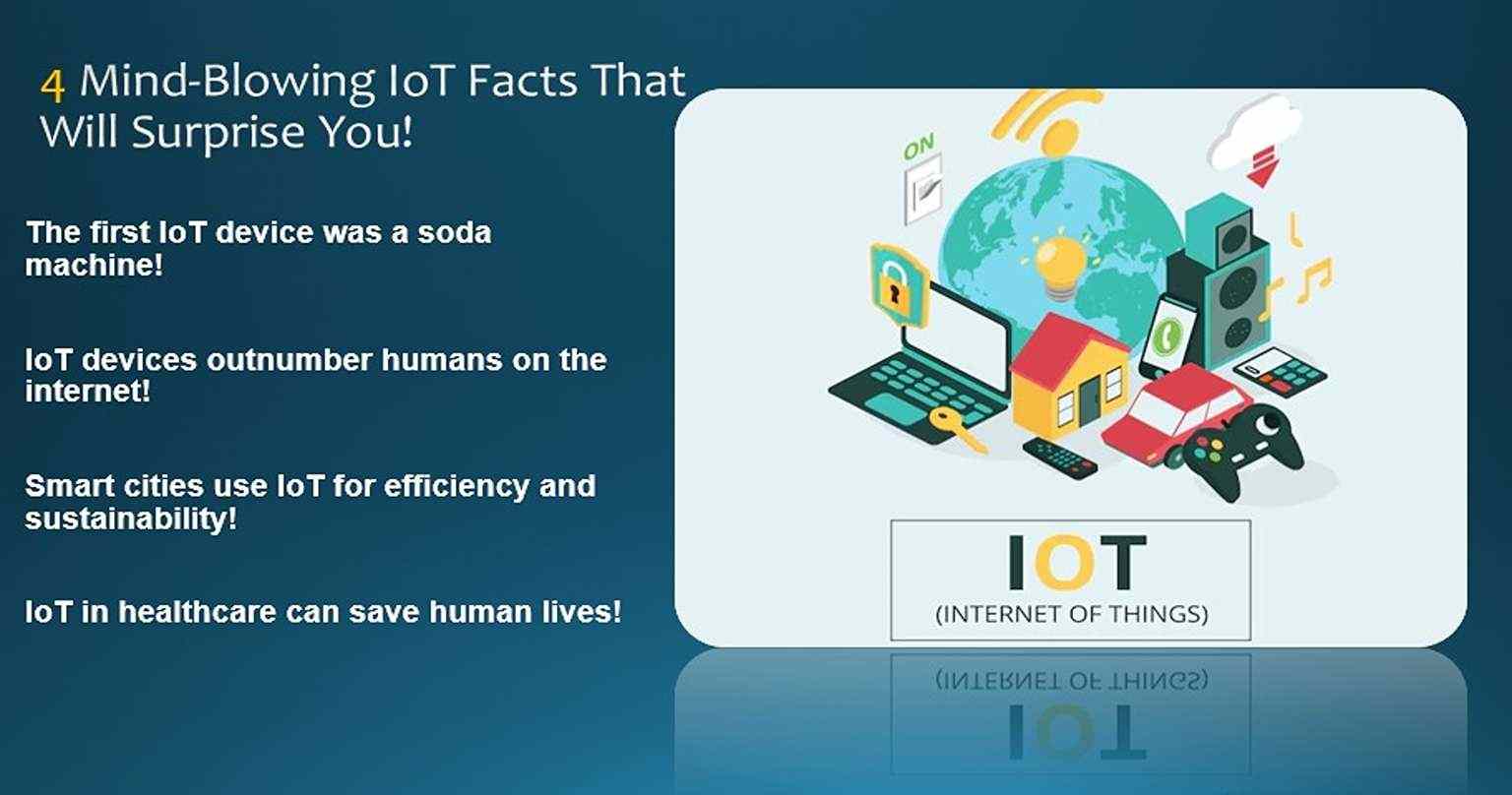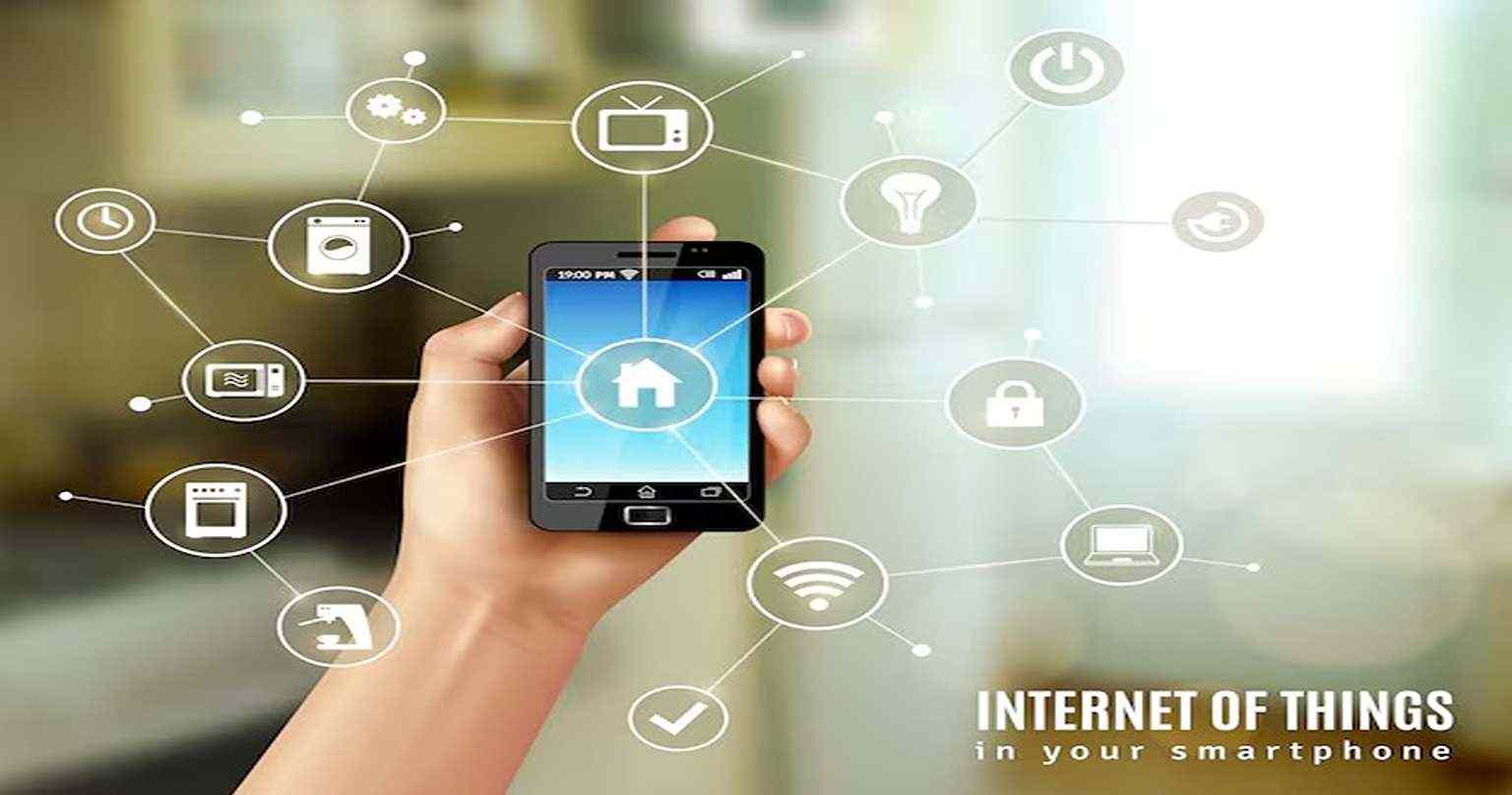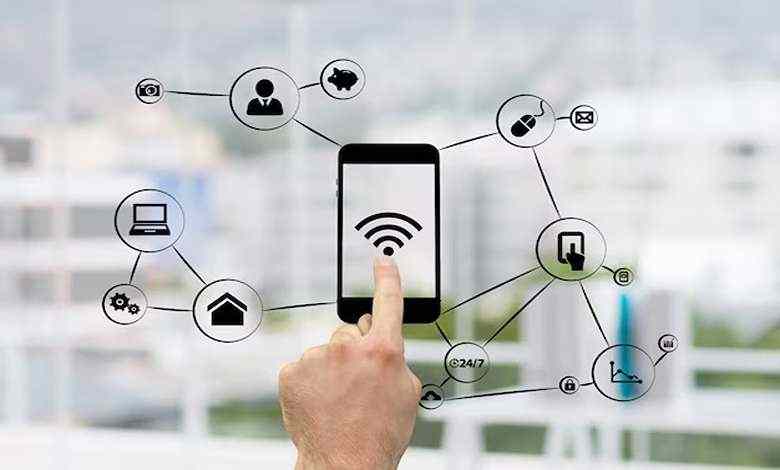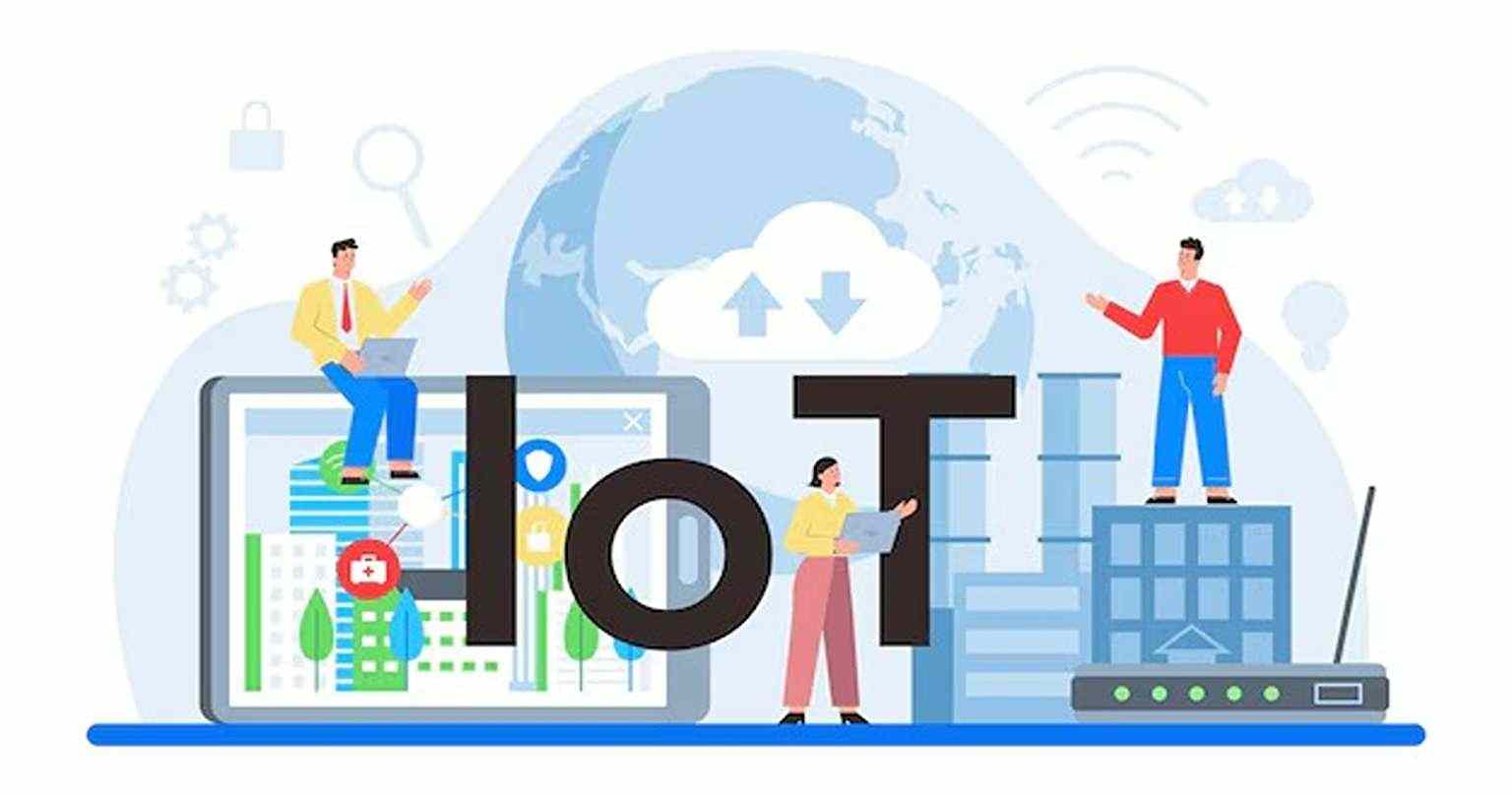The Internet of Things (IoT) is a transformative technological paradigm that is reshaping the way we interact with the world around us. By connecting everyday objects to the internet, IoT enables these objects to collect, exchange, and act on data, creating a seamless network of interconnected devices. This article delves into the concept of IoT, its components, applications, benefits, challenges, and future prospects, providing a comprehensive understanding of this revolutionary technology. Stay tuned to kubecodes until the end of the article.
What is the Internet of Things?
The Internet of Things refers to the network of physical objects—devices, vehicles, appliances, and other items embedded with sensors, software, and connectivity—that enables them to connect and exchange data. These objects, often referred to as “smart” devices, can communicate with each other and with centralized systems to perform various tasks autonomously or with minimal human intervention.
The concept of IoT is not new; it has evolved over several decades. The term itself was coined in 1999 by Kevin Ashton, a British technologist, while working on supply chain management at Procter & Gamble. However, the idea of interconnected devices dates back to the early 1980s when a Coca-Cola vending machine at Carnegie Mellon University was modified to report its inventory and whether newly loaded drinks were cold.
Key Components of IoT
- Sensors and Actuators: Sensors are the eyes and ears of IoT devices, capturing data from the environment. They can measure various parameters such as temperature, humidity, light, motion, and more. Actuators, on the other hand, are the hands of IoT devices, enabling them to perform physical actions based on the data received. For example, a smart thermostat uses temperature sensors to monitor the environment and actuators to adjust the heating or cooling system accordingly.
- Connectivity: Connectivity is the backbone of IoT, enabling devices to communicate with each other and with centralized systems. Various communication technologies are used in IoT, including Wi-Fi, Bluetooth, Zigbee, cellular networks (4G, 5G), and Low-Power Wide-Area Networks (LPWAN) like LoRa and NB-IoT. The choice of connectivity technology depends on factors such as range, power consumption, data rate, and cost.
- Data Processing and Analytics: The vast amount of data generated by IoT devices needs to be processed and analyzed to extract meaningful insights. At this stage, data processing and analysis are performed. Edge computing, which involves processing data closer to the source (i.e., on the device or at the edge of the network), is becoming increasingly important in IoT to reduce latency and bandwidth usage. Cloud computing is also widely used for storing and analyzing IoT data, providing scalability and flexibility.
- User Interface: The user interface (UI) is the means by which users interact with IoT devices and systems. This can be through mobile apps, web portals, voice assistants, or even augmented reality (AR) and virtual reality (VR) interfaces. A well-designed UI is crucial for ensuring a positive user experience and enabling users to control and monitor their IoT devices effectively.
Applications of IoT
IoT has a wide range of applications across various industries, transforming the way we live, work, and interact with the world. Some of the key applications include:
- Smart Homes: IoT is at the heart of smart home technology, enabling homeowners to control and automate various aspects of their homes, such as lighting, heating, security, and entertainment systems. Smart home devices like smart thermostats, smart locks, and smart speakers (e.g., Amazon Echo, Google Nest) provide convenience, energy efficiency, and enhanced security.
- Healthcare: IoT is revolutionizing healthcare by enabling remote patient monitoring, wearable health devices, and smart medical equipment. For example, wearable devices like fitness trackers and smartwatches can monitor vital signs such as heart rate, blood pressure, and sleep patterns, providing valuable data for both patients and healthcare providers. IoT-enabled medical devices can also transmit real-time data to healthcare professionals, allowing for timely interventions and improved patient outcomes.
- Industrial IoT (IIoT): The Industrial Internet of Things (IIoT) refers to the use of IoT technology in industrial settings, such as manufacturing, logistics, and energy. IIoT enables predictive maintenance, real-time monitoring of equipment, and optimization of production processes. For example, sensors on factory machinery can detect anomalies and predict potential failures, allowing for proactive maintenance and reducing downtime.
- Smart Cities: IoT is playing a crucial role in the development of smart cities, where interconnected devices and systems are used to improve urban infrastructure, transportation, and public services. Smart city applications include smart traffic management, waste management, energy distribution, and public safety. For instance, smart traffic lights can adjust their timing based on real-time traffic conditions, reducing congestion and improving traffic flow.
- Agriculture: IoT is transforming agriculture by enabling precision farming, where farmers can monitor and manage their crops and livestock with greater accuracy. IoT devices such as soil moisture sensors, drones, and GPS-enabled tractors provide real-time data on soil conditions, weather, and crop health, allowing farmers to optimize irrigation, fertilization, and pest control.
- Retail: IoT is enhancing the retail experience by enabling personalized shopping, inventory management, and supply chain optimization. Smart shelves equipped with RFID tags can track inventory levels in real-time, reducing stockouts and overstocking. IoT-enabled beacons can send personalized offers and promotions to shoppers’ smartphones based on their location within a store.

Benefits of The Internet of Things
The Internet of Things offers numerous benefits across various domains, including:
- Improving efficiency and productivity: The Internet of Things leads to increased efficiency and productivity by automating and optimizing processes. For example, in manufacturing, IoT can streamline production lines, reduce waste, and improve quality control.
- Cost Savings: By optimizing resource usage and reducing downtime, IoT can lead to significant cost savings. For instance, smart energy meters can help households and businesses monitor and reduce their energy consumption, lowering utility bills.
- Improved Decision-Making: IoT provides real-time data and insights, enabling better decision-making. For example, in healthcare, real-time patient monitoring can help doctors make more informed decisions about treatment options.
- Enhanced Customer Experience: The Internet of Things enables personalized and seamless experiences for customers. For example, in retail, IoT can provide personalized recommendations and offers, enhancing the shopping experience.
- Safety and Security: IoT can improve safety and security in various settings. For example, smart home security systems can detect intrusions and alert homeowners, while IoT-enabled wearables can monitor the health and safety of workers in hazardous environments.
Challenges and Concerns
Despite its numerous benefits, IoT also presents several challenges and concerns that need to be addressed:
- Security and Privacy: The Internet of Things offers devices are often vulnerable to cyberattacks, posing risks to data privacy and security. For example, hackers can exploit vulnerabilities in smart home devices to gain unauthorized access to personal data or even control the devices. Ensuring robust security measures, such as encryption and authentication, is crucial for protecting IoT systems.
- Interoperability: The lack of standardization and interoperability among IoT devices and platforms can hinder the seamless integration and communication of devices from different manufacturers. Developing common standards and protocols is essential for achieving interoperability and ensuring the smooth functioning of IoT ecosystems.
- Data Management: The massive amount of data generated by IoT devices poses challenges in terms of storage, processing, and analysis. Effective data management strategies, including edge computing and cloud-based solutions, are needed to handle the data deluge and extract meaningful insights.
- Power Consumption: Many IoT devices are battery-powered and require efficient power management to ensure long-term operation. Developing low-power technologies and energy-efficient designs is crucial for extending the battery life of IoT devices.
- Ethical and Social Implications: The widespread adoption of IoT raises ethical and social concerns, such as the potential for surveillance, data misuse, and job displacement. Addressing these concerns requires careful consideration of the ethical implications of IoT and the development of policies and regulations to protect individuals’ rights and privacy.
Future Prospects of The Internet of Things offers
The future of IoT is promising, with continued advancements in technology and increasing adoption across various sectors. Some of the key trends and developments shaping the future of IoT include:
- 5G Connectivity: The rollout of 5G networks is expected to significantly enhance IoT capabilities by providing faster data speeds, lower latency, and greater network capacity. This will enable more reliable and real-time communication between IoT devices, paving the way for new applications and use cases.
- Edge Computing: As the volume of data generated by IoT devices continues to grow, edge computing is becoming increasingly important. By processing data closer to the source, edge computing reduces latency, bandwidth usage, and reliance on centralized cloud infrastructure, enabling faster and more efficient data analysis.
- Artificial Intelligence (AI) and Machine Learning (ML): The integration of AI and ML with IoT is unlocking new possibilities for automation, predictive analytics, and intelligent decision-making. AI-powered IoT devices can learn from data, adapt to changing conditions, and make autonomous decisions, enhancing their functionality and value.
- Blockchain Technology: Blockchain technology is being explored as a means to enhance the security and transparency of IoT systems. By providing a decentralized and tamper-proof ledger, blockchain can ensure the integrity of data exchanged between IoT devices and enable secure transactions.
- Sustainability and Green IoT: As concerns about environmental sustainability grow, there is increasing interest in developing green IoT solutions that minimize energy consumption and reduce environmental impact. This includes the use of renewable energy sources, energy-efficient designs, and IoT applications that promote sustainable practices.

Conclusion
The Internet of Things is a transformative technology that is reshaping the way we live, work, and interact with the world. By connecting everyday objects to the internet, IoT enables seamless communication, automation, and data-driven decision-making, offering numerous benefits across various domains. However, the widespread adoption of IoT also presents challenges and concerns that need to be addressed, including security, privacy, interoperability, and ethical implications.
As technology continues to evolve, the future of the Internet of Things offers holds immense potential, with advancements in connectivity, edge computing, AI, and blockchain paving the way for new applications and use cases. By addressing the challenges and leveraging the opportunities, IoT has the potential to create a more connected, efficient, and sustainable world. The journey of IoT is just beginning, and its impact on society and the economy will continue to grow in the years to come.


